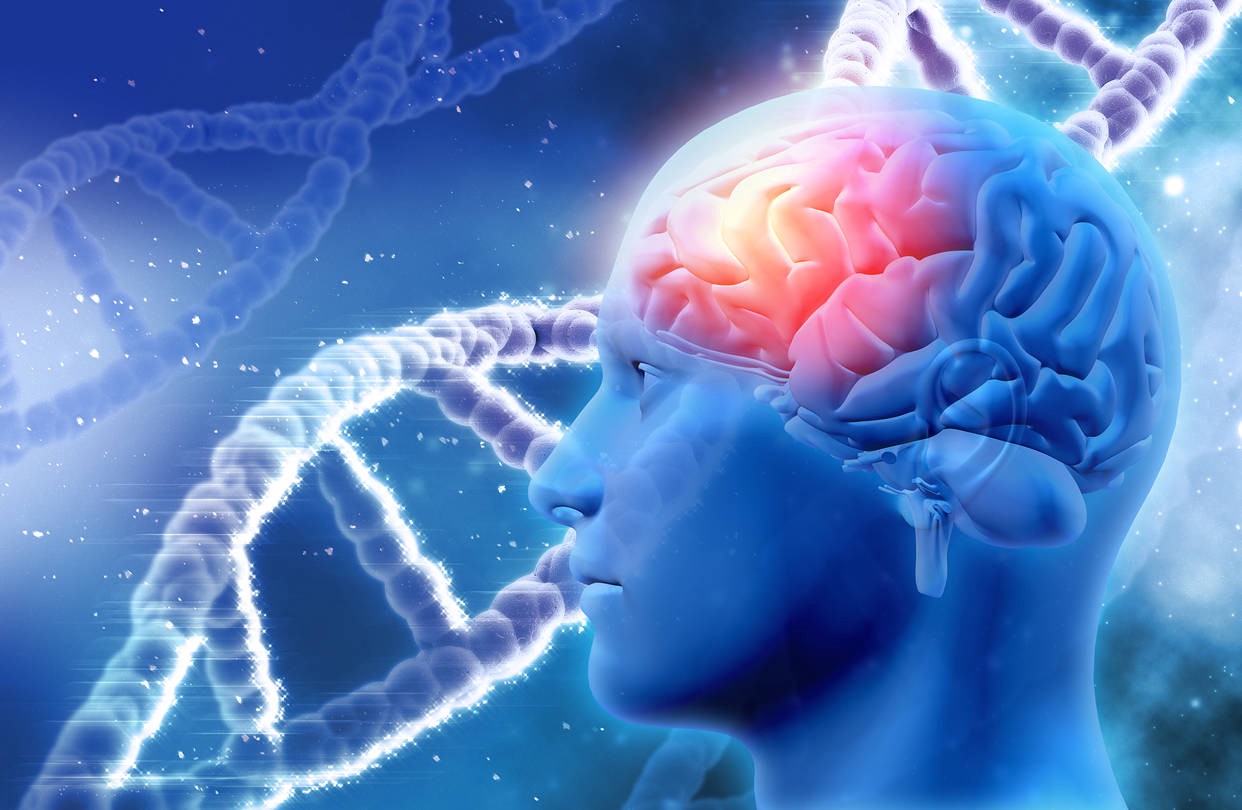Are all human beings biased? How biased are you? are psychological questions, which RAGHWENDRA has answered point to point.
Being biased is generally attributed as a negative trait among people. But the fact is that humans naturally acquire biases through a cognitive process. Based on their experiences and psychological learning process, people develop biases and deal with day to day situations encountered by them in the backdrop of such tendencies.
The cognitive Process of Acquiring and Shedding Biases:
It is generally stated that a person sees or hears what he/ she wants to hear. Biases are also part of a similar cognitive process.
A small child with an unpleasant experience with a person in a black dress may start crying seeing any person in a black dress. At the same time, they welcome every person in white with a smile because her mother generally wears a white dress.
Executives and leaders at all levels involved in decision-making must acquaint themselves with the common biases to arrive at holistic decisions minimising the effect of cognitive biases on their decisions.
Such behaviour of the child is biased towards people wearing white and black dresses. But the same child sheds this bias when he realises that it is not the dress colour that makes a person good or bad.
Similarly, people unconsciously pick up biases through their life experiences with people and situations. These biases may be easily shed from their personality when they have consciously identified them. Such biases are termed cognitive biases as they are acquired through the cognitive process.
Common Types of Biases
Studies have classified the following types of common biases acquired through the cognitive process:
- Confirmation bias: People generally fit any input or piece of information into their acquired belief system or expectations. Such a bias prevents the individual from having a holistic and realistic judgment of a situation.
- The Dunning Kurger Effect: People perceive a concept or situation to be simplistic because their knowledge about it is limited. This is considered restrictive bias as it limits curiosity. People don’t explore an idea or concept as they think it is very simplistic.
- In- group Bias: Tendency to subscribe to the ideas of group or society one belongs to leads to in–group bias.
- Self Serving Bias: Attributing good things like success to oneself and bad things like failure, hurt etc., to others or the circumstances is a common bias. A balanced approach is to take responsibility for all good and bad things in life and learn from experiences of each event, whether success or failure and improve oneself to tackle future situations.
- Availability Bias: Tendency to deal with a situation with knowledge already available or easily acquired even when own knowledge or available information is highly inadequate is availability bias.
- Fundamental Attribution Error: When one tends to assign negative attributes like lazy, irresponsible, incompetent for a colleague reaching late for a meeting without trying to ascertain the reason for delay but expects others to grant reasonable excuse (eg. flat tyre, traffic etc.) for his own similar behaviour.
- Hindsight Bias /Outcome Bias:If you have heard a person often say “I knew it all along” about outcome of an event once it is over the hindsight bias may impact him/her.
- Anchoring Bias: Relying too heavily on the first piece of information and base all decision and judgement in the backdrop of this piece of information is called anchoring bias.
- Optimism Bias: One tends to visualise positive outcome when he/ she is happy. This is Optimism bias.
- Pessimism Bias: To visualise negative outcome when in bad mood is pessimism bias.
- Halo Effect:One is influenced by Halo Effect when assessing a person or situation based on previous impressions rather than on actual performance in the given situation.
It is often said, “first impression is the last impression”. This is to exploit the Halo Effect of the target audience/assessor.
12. Status Quo Bias: It is widely accepted that any change creates stress among people. Hence tendency to let things as they are is very common. This is Status Quo bias.
People involved in selecting personnel for jobs and assignments will be able to serve their job better if they are versed with cognitive biases and their impact on the rational decision-making process
Biases may result in clouded opinion and Decision Making: Individual biases adversely impact rational assessment of situations and are a serious hindrance in the process of logical decision making.It is important to identify and shed one’s biases that are adversely impacting their decision-making process. Biases, if deep-rooted, may even impact social adjustment of a person .
Conclusion
To be aware that the biases mentioned above are commonly found in most people, one can minimise the influences of such biases on their day to day decisions, choices and opinions one makes about people and situations.
Executives and leaders at all levels involved in decision-making must acquaint themselves with the common biases to arrive at holistic decisions minimising the effect of cognitive biases on their decisions.
People involved in selecting personnel for jobs and assignments will be able to serve their job better if they are versed with cognitive biases and their impact on the rational decision-making process.









